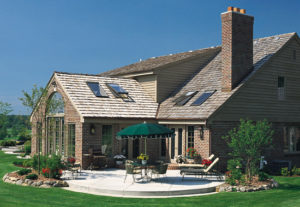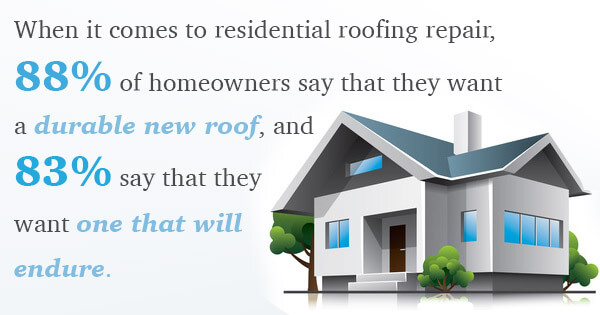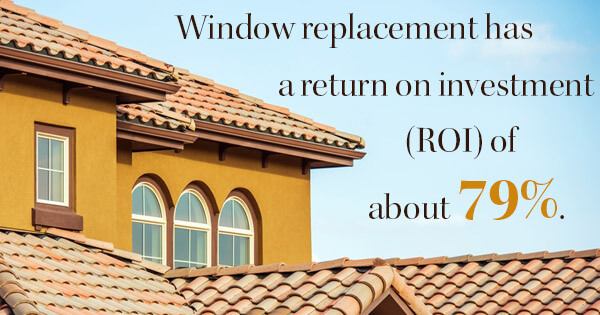
One of the best ways to introduce natural light to a home is through skylights. Windows and doors are great, but skylights allow sunlight in all day, no matter which way your home faces. Here, we’ll outline some of the benefits and drawbacks of skylights so you can determine if they’re right for your home.
Benefits of Skylights
1. Natural Light
The most obvious benefit is the amount of natural light entering your home. Plus, the sun coming in through skylights helps reduce glare and balance the light in your living spaces.
2. Energy Efficiency
With more natural light coming in, you don’t need as much artificial light, which makes your home more energy-efficient and saves you money on electric bills. You can save more money by purchasing models that qualify for ENERGY STAR® rebates, and with venting skylights, you don’t need to rely as much on air conditioning during the summer.
3. Privacy
The value of privacy can’t be understated, either. Especially if you live in a neighborhood with neighbors’ homes extremely close to yours, you may want the benefits of natural light without having to give your neighbors a full view into your home. Bathrooms and other small spaces are great locations for skylights, which give the feeling of larger rooms without sacrificing privacy.
When to Install Skylights
Installation can be done at any time, but the best time is when you’re already installing or replacing a roof. It’s much less expensive to add skylights to a roofing project than to install them in an existing roof.
Combatting Leaks
Yes, skylights can leak, and may even have a reputation for doing so based on older models. Modern designs are much more reliable than those of the past, however, so there’s less cause for concern than there used to be.
When the seals and flashing deteriorate, precipitation can seep in, getting into the roof and falling into the home itself. In the winter, you need to pay extra attention to the possible formation of ice dams and take care of any problems right away.
The key to avoiding all these problems is a good installation. When done right, your skylights should last as long as the manufacturer says they will; however, we should also note manufacturer warranties typically don’t last more than a few years.
When to Re-Flash or Replace Skylights
In general, you should only consider re-flashing if you have a problem with leakage and no plans to replace your roof. That is, an emergency repair.
Otherwise, re-flashing instead of replacing is most often an unneeded expense, as your skylights will need to be replaced eventually, anyway. If at all possible, time your skylight replacement with a roof replacement. As discussed earlier, this will save you a lot of money. Plus, if you have already replaced skylights and need to do your roof, you run the risk of creating leaks, even if you’ve never had any leaks before.
If that happens, the entire area around each skylight needs to be ripped up to fix the issue. It’s an expensive, risky situation, which is why we recommend always combining with a roofing project. It leads to fewer problems, costs you fewer dollars and maximizes your benefits.
West Michigan Roofing is a VELUX® 3-Star manufacturer certified skylight installer. If your home is due for a refresh, or you’d like to incorporate more natural night with your next roofing project, give us a call!
Subscribe to West Michigan Roofing's Blog





Comments